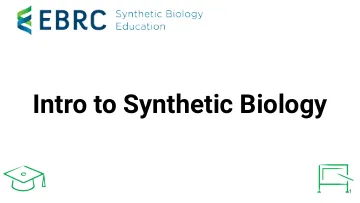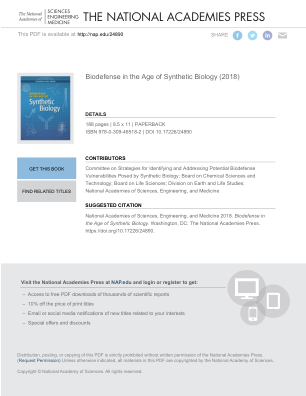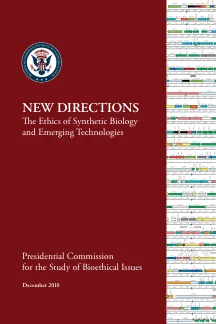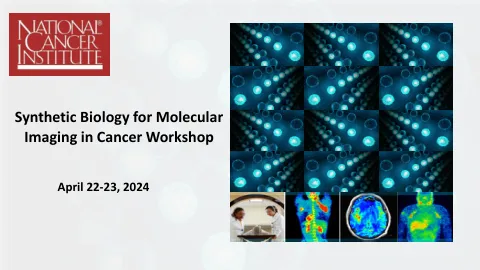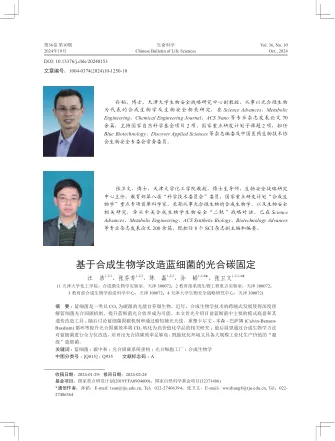genetic systems. The components of a host-orthogonal genetic system include but are not limited to orthogonal DNA polymerase, orthogonal RNA polymerase, orthogonal aminoacyl tRNA synthetases, orthogonal transcription factors, and unnatural amino acids. Constructing a host-orthogonal genetic system is of great significance to the devel- opment of synthetic biology. Similar to a computer program, the genetic system needs to be modified and rewritten to meet different needs in synthetic biology. [2] However, the native genetic system is rigid and complex, [1] which brings challenges to genetic engineering for a fine-tuned con- trol of the genetic system. First, the heterogeneous elements and devices are often incompatible with or interfere with native biological systems. This is like a computer program that is suit- able for one operating system cannot be read in another oper- ating system. It is common for a genetic element which func- tions well in its host organism fails to work in another organism that is more suitable for large-scale industrial applications. [3–4] Second, massive modifications of the native genetic system may lead to the death of the host organism. For example, large phenotypic changes are often inaccessible in the host organism because the substantial genetic changes could harm the expres- sion of host genes. [4–5] To address these limitations, researchers set out to construct host-orthogonal genetic systems. Just like a virtual machine, the orthogonal genetic system separates from the large and unwieldy host operating systems, and shows operational flexibility and minimal impact on the host biolog- ical system. In this review, we will describe the design and con- struction of host-orthogonal genetic systems, highlight some of their applications in the synthetic biology field, and discuss the associated challenges and opportunities.
合成生物学的正交遗传系统







